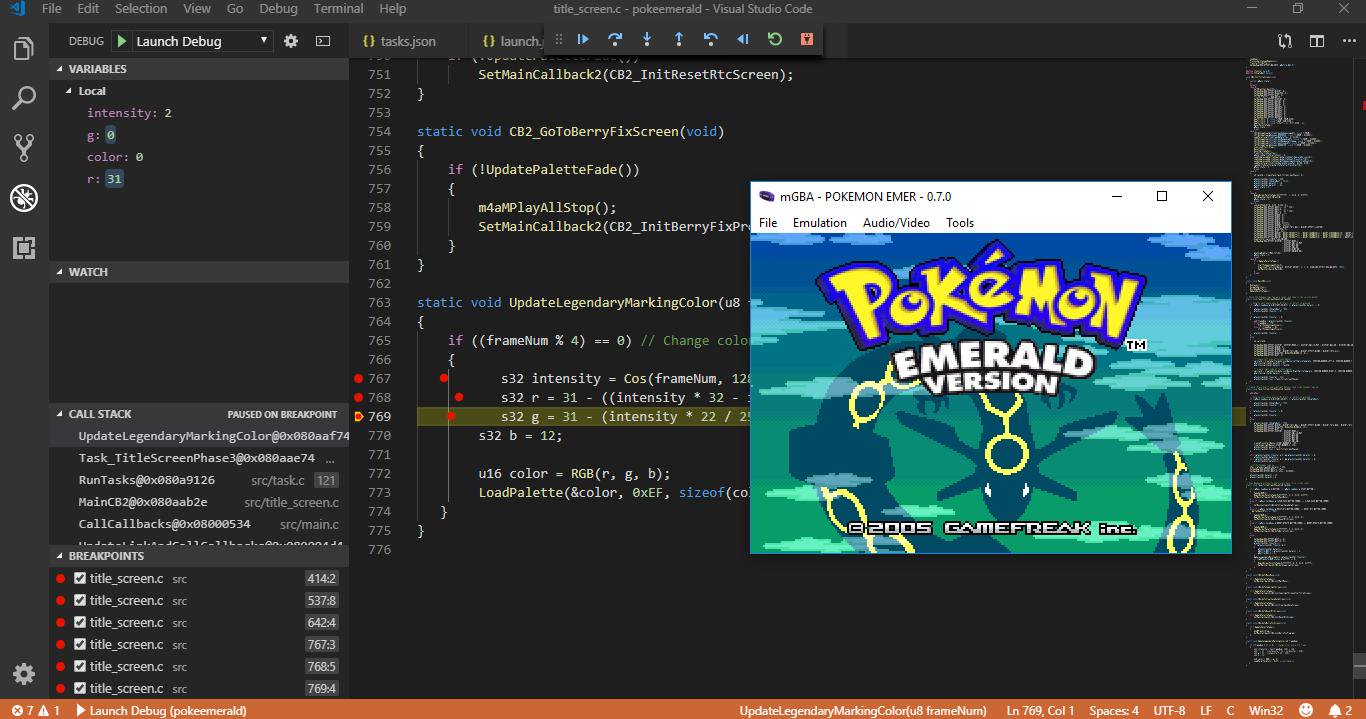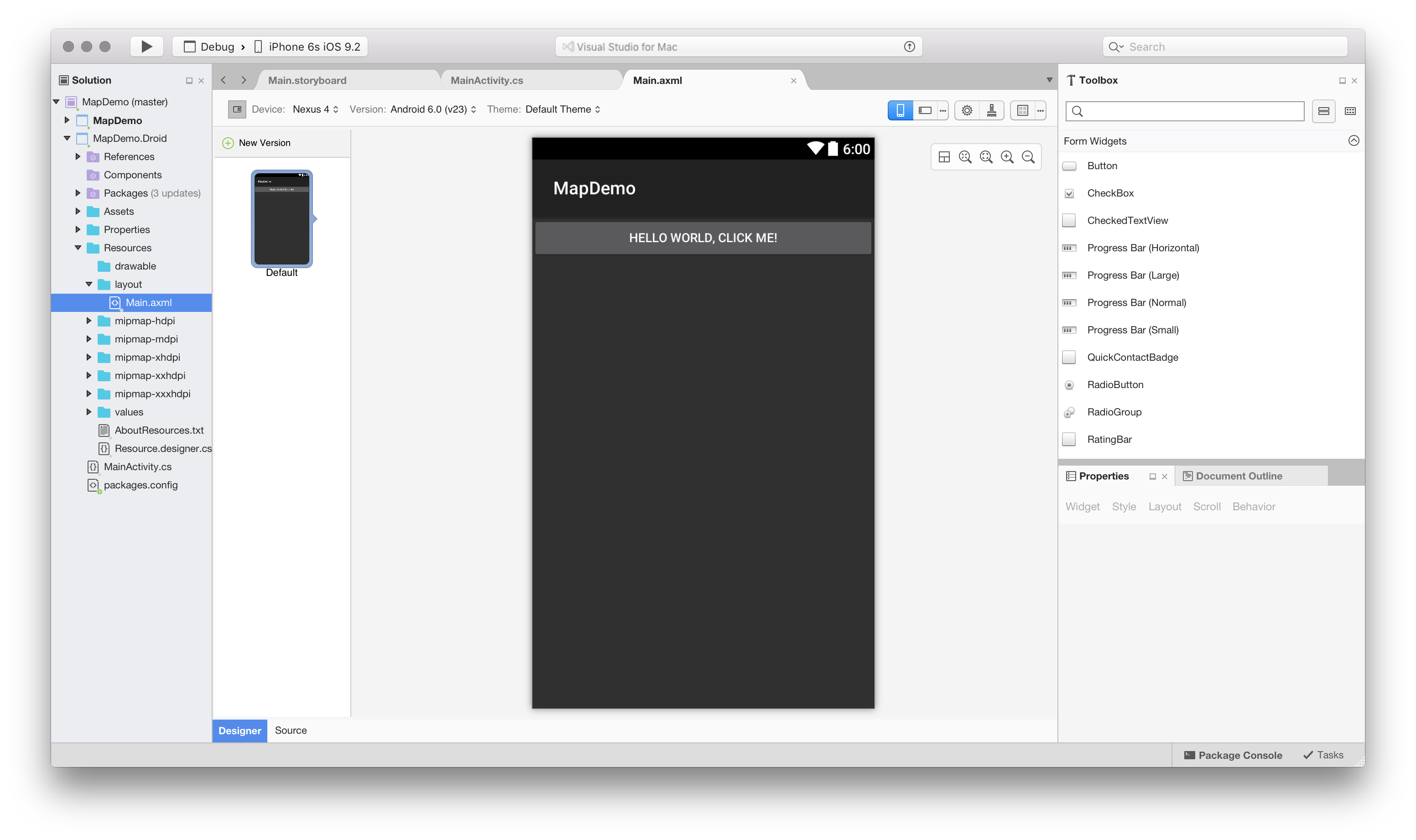
- #VISUAL STUDIO IOS APP TUTORIAL WINDOWS HOW TO#
- #VISUAL STUDIO IOS APP TUTORIAL WINDOWS INSTALL#
- #VISUAL STUDIO IOS APP TUTORIAL WINDOWS FULL#
- #VISUAL STUDIO IOS APP TUTORIAL WINDOWS FOR ANDROID#
The solution created by the template sets the Android app as the default project. Now let’s run this app on both Android and iOS.
#VISUAL STUDIO IOS APP TUTORIAL WINDOWS FOR ANDROID#
The created OpenGL ES Application solution includes three library projects in the Libraries folder, one for each platform and the other one for shared C++ code, and two application projects for Android and iOS respectively. This template creates a simple iOS app and an Android Native Activity app which has C++ code in common that uses OpenGL ES to display the same animated rotating cube on each platform. OpenGL ES (OpenGL for Embedded Systems or GLES) is a 2D and 3D graphics API that is supported on many mobile devices. The OpenGL ES Application project template under Visual C++-> Cross Platform node is a good starting point for a mobile app targeting both Android and iOS. Build an OpenGLES Application on Android and iOS This article Create an Android Native Activity App discusses the Native Activity project in more details. The app should build and run successfully, and you should see the app changing colors in the background. Once the project is created, in the Solution Platforms dropdown, choose the right architecture that matches the Android emulator or device that you’re using, and then press F5 to run the app.īy default, Visual Studio uses the Clang toolchain to compile for Android.

Here we’re going to create a new Native Activity Application (Android), which is popular for creating games and graphical-intensive apps.

You can find the Android templates under Visual C++ -> Cross Platform -> Android node. If you’d rather start with a cross-platform solution to target multiple mobile platforms, jump to the next section Build an OpenGLES Application on Android and iOS where we’ll talk about building an app that targets both platforms with shared C++ code. If you plan to start with targeting Android first and worry about other platforms later, the VS built-in Android project templates including Native-Activity Application, Static Library, Dynamic Shared Library, could be a great starting point. Create a new Android application using project templates IOS development: if you’re also targeting iOS, check “ C++ iOS development tools” in the Optional Component list and you would be good to go. This should give you everything you need to start building Android applications.
#VISUAL STUDIO IOS APP TUTORIAL WINDOWS INSTALL#
You could choose to install the Google Android Emulator in the Optional Component list if you don’t have an Android device for testing. To build Android or iOS applications, choose the “ Mobile development with C++” workload under the “ Mobile & Gaming” category.Īndroid development: By default, this workload includes the core Visual Studio editor, the C++ debugger, GCC and Clang compilers, Android SDKs and NDKs, Android build tools, Java SDK, and C++ Android development tools.

Install Visual Studio for Android and iOS developmentįirst, download Visual Studio 2017 and launch the Visual Studio installer. Finally, we will talk about how the C++ mobile solution can be used in conjunction with Xamarin. Next we will use the Visual Studio IDE to write C++ and Java code, then we will use the world-class Visual Studio debugger to catch issues in C++ and Java code.

#VISUAL STUDIO IOS APP TUTORIAL WINDOWS HOW TO#
First we will talk a look at how to acquire the tools for Android and iOS development, then we will create a few C++ mobile apps using the built-in templates. In this blog post, we will focus on how to build Android and iOS apps with C++ in Visual Studio.
#VISUAL STUDIO IOS APP TUTORIAL WINDOWS FULL#
Whether you’re targeting Universal Windows Platform (UWP), Android, or iOS, Visual Studio enables building cross-platform C++ mobile applications with full editing and debugging capabilities all in one single IDE. Why? Those who are building computationally intensive apps such as games and physics simulations choose C++ for its unparalleled performance, and the others choose C++ for its cross-platform nature and the ability to leverage existing C/C++ libraries in their mobile applications. When it comes to building mobile applications, many developers write most or a part of the apps in C++.


 0 kommentar(er)
0 kommentar(er)
